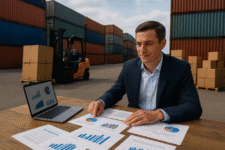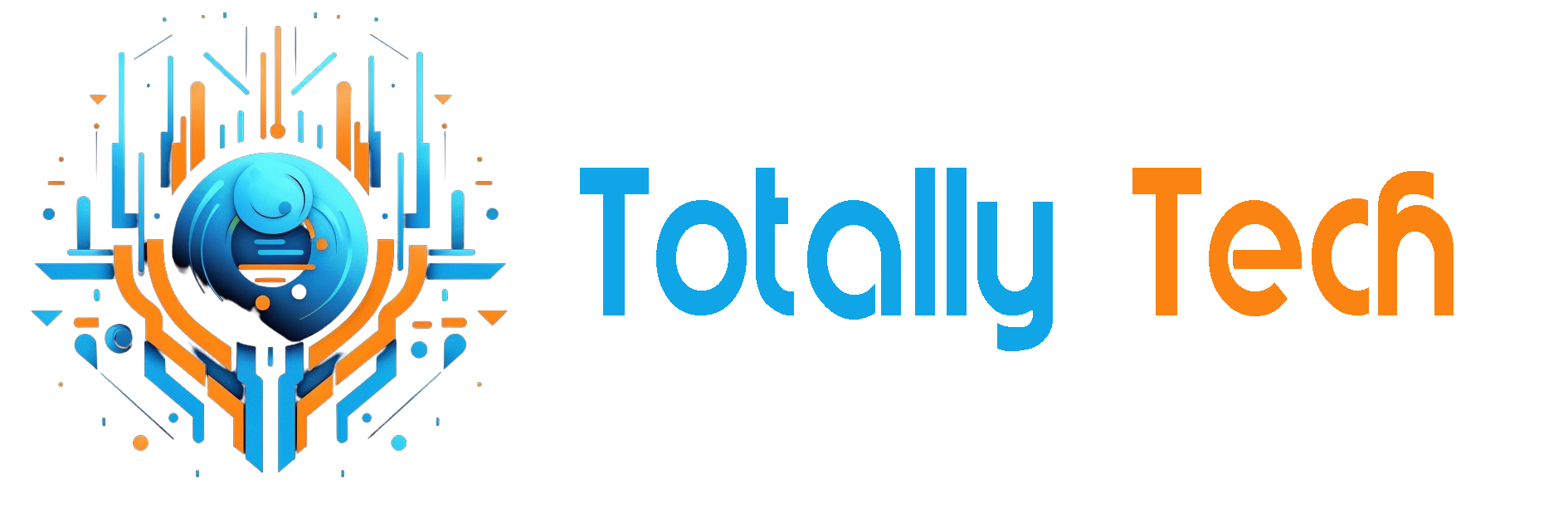
Across industries, tariffs and trade shifts have transcended the realm of abstract policy debates to become existential challenges for businesses of all sizes. The 2025 economic landscape presents unprecedented complexities: a universal 10% import duty blankets all incoming goods with punitive rates of up to 54% targeting China, Mexico, and European Union members and creating a labyrinth of regulatory hurdles.
As retailers struggle to stock shelves affordably, restaurants battle food cost inflation, CPG manufacturers watchpackaging costs soar, and direct-to-consumer brands watch margins go from razor-thin to nonexistent, these trade actions aren’t merely headlines; they’re profit-and-loss realities. The ripple effects touch everything from food staples to clothing to equipment, fundamentally altering the cost structure of doing business in America.
Leadership teams must confront a series of trade-offs: raise prices and risk customer exodus in an increasingly price-sensitive marketplace; absorb the mounting costs internally and watch profit margins evaporate; or find operational compromises that might strain quality, service, or employee wellbeing. None of these options offers an easy path forward.
This high-stakes complexity represents the new normal for executive leadership and is just the latest opportunity to turn to generative AI for answers. Amid this uncertainty, applying generative AI presents a strategic advantage that may ultimately separate market leaders from those left behind.
Beyond Buzzwords: AI as Strategic Thought Partner
Generative AI is too often relegated to the realm of technological novelty: a slightly smarter search engine, a writing assistant for marketing teams, or a tech experiment to appease innovation-hungry boards. But in this moment – where leaders face pressure-filled, margin-defining decisions daily – AI can be something far more valuable: a genuine thought partner capable of transforming decision-making itself.
Tariff-driven disruption is fundamentally multifaceted. It doesn’t merely affect your cost of goods sold. It simultaneously strains long-established sourcing relationships, creates operational bottlenecks, rattles customer expectations around pricing and availability, and tests your team’s adaptability and resilience. The challenges to be solved aren’t singular, they’re systemic.
For this reason, generative AI is far more effective than traditional analytics in navigating this moment. While traditional analytics offer backward-looking insights, generative AI simulates complex trade-offs, predicting cascading effects across business units, and adapting strategies in real-time as conditions evolve. It doesn’t just process data; it processes possibilities. Meaning: leaders can think faster, see farther, and act with greater confidence.
The AI Advantage: Four Critical Capabilities
- Precision Pricing Intelligence
The common response to tariff hikes – across-the-board price increases – has become dangerously outdated. Today’s AI-powered pricing engines, like those deployed by leaders working with firms such as Palantir, leverage multidimensional data models incorporating historical sales patterns, granular demand elasticity metrics, and competitive benchmarking to recommend hyper-targeted pricing adjustments.
This surgical approach enables businesses to implement price increases selectively raising margins where market conditions permit while maintaining price stability on traffic-driving products or in especially competitive categories. Also, related to this, leaders can use AI to help them strategize when to share price hikes, when to pass along, or in combination.
- Reconfiguring Supply Chain
Perhaps nowhere is AI’s impact more immediately valuable than in sourcing and supply chain strategy. Generative AI systems can simultaneously analyze hundreds of supplier records and complex global tariff tables, and model shipping timelines and logistics costs to suggest optimal sourcing moves, completing in minutes what would take procurement teams weeks.
Major retailers have already begun shifting procurement from heavily tariffed regions like China to lower-tariff alternatives in Vietnam, India, and Latin America based on AI-driven forecasting models. These models don’t simply identify the lowest-tariff option – they balance tax implications against quality consistency, production capabilities, logistics reliability, and long-term relationship potential.
Restaurant groups are similarly employing AI to map potential ingredient substitutions when seafood or specialty oils from tariffed countries spike in price, allowing menu engineering teams to maintain food costs without compromising signature dishes. One fast-casual chain credits AI-driven substitution modeling with preserving its target 28% food cost despite absorbing over $2.3 million in tariff-related increases on imported ingredients.
- Sniffing Out Operational Inefficiencies
With margins compressed by tariff pressures, operational waste becomes intolerable. Predictive analytics and machine learning models can reduce inventory errors by up to 50% while simultaneously improving demand forecasting accuracy by 25-35%.
Whether optimizing workforce scheduling at a retail chain to match revised customer traffic patterns or recalibrating kitchen preparation levels at a quick-service restaurant, AI-powered forecasting helps companies avoid over-staffing and over-ordering, and minimize spoilage. This operational tightening leads to efficiency gains that substantially offset tariff-driven cost increases.
- Customer Retention Through Behavioral Intelligence
Consumer behavior shifts predictably yet complexly during periods of economic stress – and widespread tariffs are fueling broad price increases across groceries, dining, apparel, and electronics. AI enables businesses to accurately anticipate these changes and adapt accordingly.
For example, platforms like Brizo FoodMetrics now allow restaurant operators to simulate specific price shocks – such as a 20% jump in avocado costs – and visualize the ripple effects across menu item profitability, ordering patterns, and even likely customer substitution behaviors. Retailers employ similar simulations to assess how price sensitivity evolves across different customer segments and adjust promotional campaigns and loyalty incentives accordingly.
The Leadership Imperative
Historically, businesses treated tariffs as temporary obstacles to be weathered through short-term adjustments and financial buffers. But with the average U.S. tariff rate now reaching 22.5%—the highest level since 1909, leadership teams must recognize this as a structural, not cyclical, shift. Temporary workarounds and financial engineering won’t suffice; what’s required is systems-level adaptation powered by real-time intelligence.
AI is uniquely suited to managing this degree of complexity. It doesn’t simply automate existing processes, it simulates scenarios, iterates rapidly across possibilities, and recommends integrated strategies. And perhaps most critically, it scales, providing enterprise-wide visibility from sourcing decisions to pricing strategies to customer engagement initiatives.
The tariffs are here. The technology is ready. The question isn’t whether your organization will adapt – but whether you’ll lead the adaptation with the most powerful intelligence tools available.
The post From Tariffs to Triumph: How CEOs Can Leverage AI for a Competitive Edge appeared first on Unite.AI.



